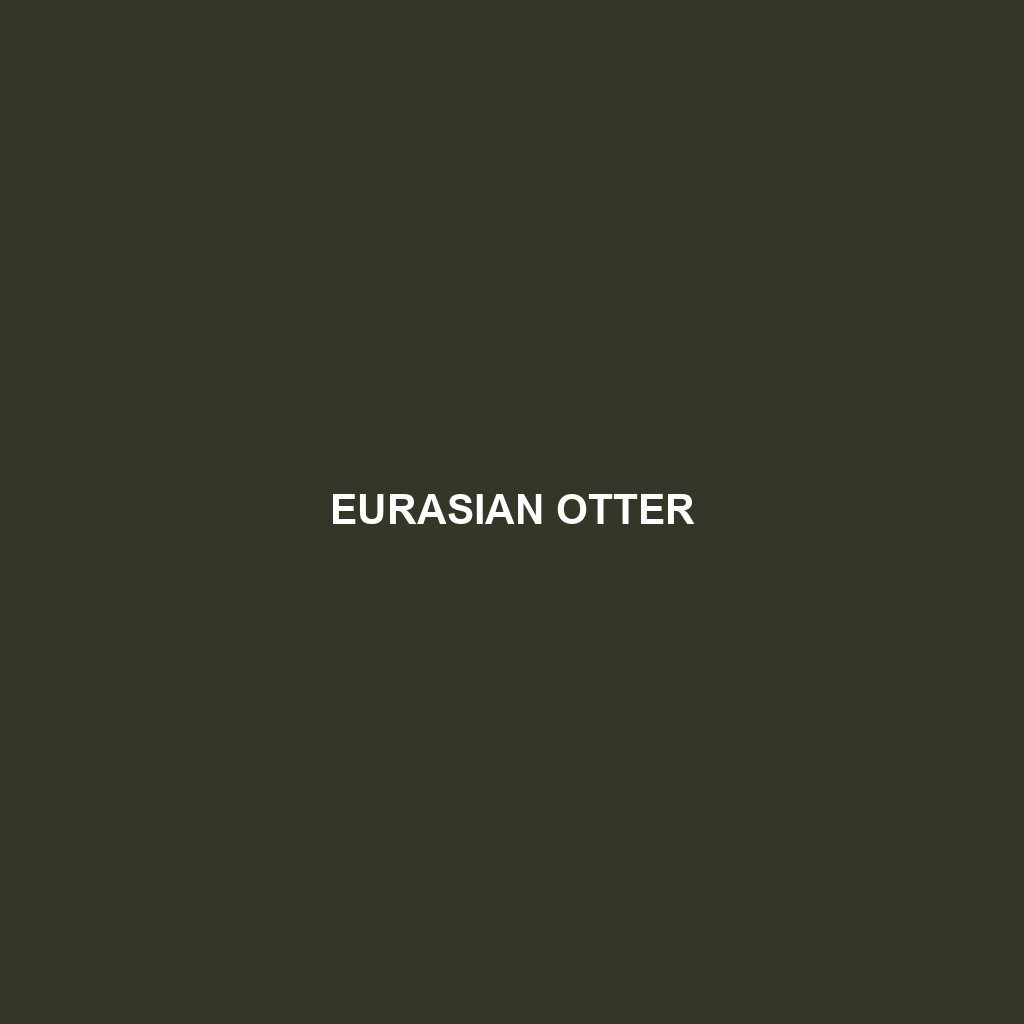Common Name: Congo Clawless Otter
Scientific Name: Aonyx congicus
Habitat:
The Congo Clawless Otter is primarily found in the dense rainforests and rivers of Central Africa, particularly within the Congo Basin. This species thrives in a variety of freshwater habitats, including rivers, lakes, and swampy areas, where the lush environment provides ample resources for survival.
Physical Characteristics:
The Congo Clawless Otter is a medium-sized otter, typically measuring between 110 to 130 centimeters in length, including its tail. They possess a streamlined body covered in thick, soft fur that is primarily dark brown to grayish in color. One distinctive feature is their lack of visible claws, which gives them their name; instead, they have webbed paws that are well-adapted for swimming. Their rounded heads, large eyes, and short ears enhance their aquatic abilities.
Behavior:
Congo Clawless Otters are known for their sociable nature, often living in small family groups. They are primarily diurnal, engaging in various activities such as foraging, playing, and grooming during daylight hours. These otters are excellent swimmers and can dive for extended periods, displaying playful behaviors both in and out of the water. Their vocalizations, including chirps and growls, play a key role in communication within the group.
Diet:
This otter species primarily feeds on a diet rich in aquatic life. Common food sources include fish, crustaceans, and various invertebrates. They are also known to consume small mammals and birds. The Congo Clawless Otter employs hunting techniques that involve diving and foraging in riverbeds, displaying a remarkable ability to detect prey underwater.
Reproduction:
The breeding season for the Congo Clawless Otter typically occurs during the rainy season. After a gestation period of about 60 to 70 days, females give birth to a litter of 2 to 4 pups. These young otters are born blind and rely heavily on their mothers for sustenance and protection. As they mature, they learn essential hunting skills from their parents, gradually integrating into the group.
Conservation Status:
The Congo Clawless Otter is currently listed as Vulnerable on the IUCN Red List. Habitat loss due to deforestation, pollution, and fishing activities poses significant threats to their population. Conservation efforts are crucial to safeguard their natural habitats and maintain viable populations.
Interesting Facts:
Congo Clawless Otters are remarkable for their lack of claws, which is unique among otter species. They are highly social animals that exhibit complex behaviors, such as cooperative hunting and playful interactions. Their fur is exceptionally water-repellent, allowing them to maintain their body heat even in cold waters.
Role in Ecosystem:
As predators in freshwater ecosystems, Congo Clawless Otters play a crucial role in maintaining ecological balance. They help regulate fish populations and contribute to the health of aquatic environments. Their presence indicates a rich biodiversity and a well-functioning ecosystem, highlighting their importance in the natural world.
